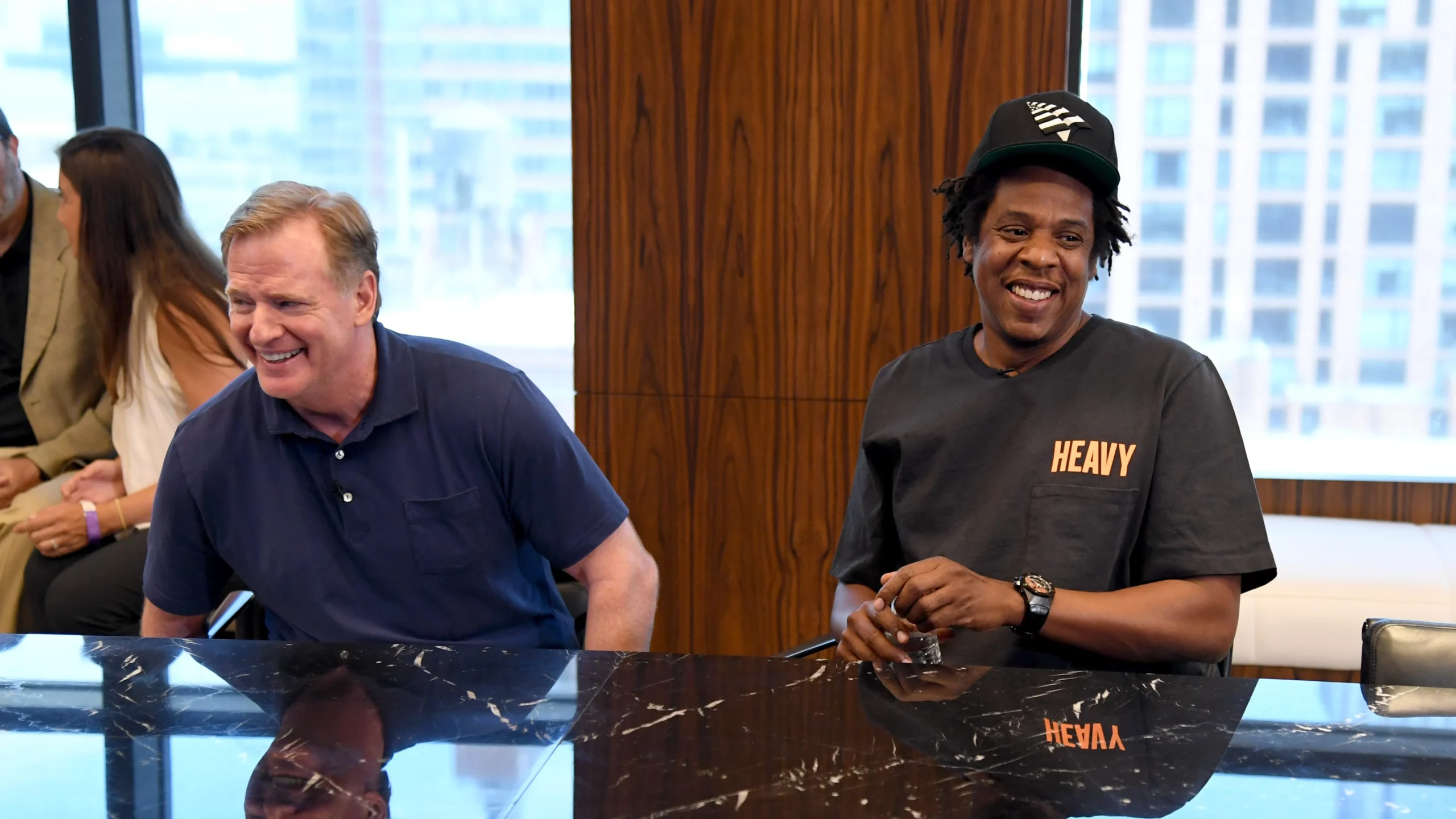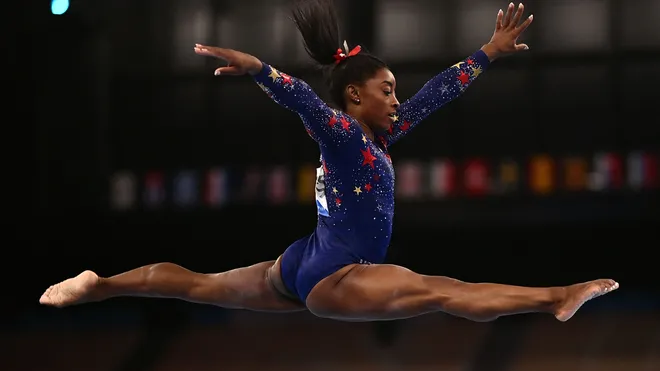In Salt Lake City, a once-vacant public building became a powerful symbol of remembrance for victims of police violence. The 8.5-acre Fleet Block area, in a city that’s mostly white, transformed into a canvas that reflected a “sense of cultural inclusion,” offering a place for mourning and honoring those lost.
Mona Robinson, a resident of a nearby suburb, explained, “It’s for the wrong reason—death at the hands of officers—but it was a place for us to mourn and show respect for the lives lost.” However, that space has now disappeared. Over several weeks, the murals—including those of George Floyd and Breonna Taylor—were demolished to make way for housing, businesses, and public spaces.
The demolition wasn’t related to former President Trump’s executive order about “divisive” depictions of American history in public places, but Robinson sees it as a reminder that, “What matters to us doesn’t matter to them—whether here or anywhere else in America.”
After George Floyd’s murder nearly five years ago, Fleet Block became a rallying point for social justice protests, memorial services, and artwork commemorating victims of police violence. The murals were painted by an anonymous group of artists on city-owned land where a former transportation facility once stood.
“Now it’s gone. That’s sad,” Robinson said.
The city explained that preserving the murals had become too costly, and the deteriorating buildings, with issues like asbestos, made the site unsafe.
In a statement on Instagram, Salt Lake City Council Member Darin Mano acknowledged Fleet Block’s significance, calling it “a place of mourning for families and a powerful call for police reform.” He added, “I understand how difficult it is to see this space change, but I am hopeful that its transformation will preserve it as a place for reflection, connection, and community.”
Jovany Mercado-Bedolla, whose brother was killed by police in 2019, shared his heartbreak with The Salt Lake Tribune. The mural of his brother was one of those destroyed. “We hoped that the mural would be the change,” Mercado said. “To see them come down, we’re feeling defeated. Now we’re just hoping the city stays true to their word.”
The city had been open about their plans to demolish the site for years, and officials say they own all but one part of the block, with the last corner building being privately owned. After announcing plans to demolish the area in 2022, families of the victims asked the city to preserve the murals’ spirit in a respectful way.
The new plans include three acres of public open space, with commissioned artwork to honor social justice. But for the families who lost loved ones and had their memories immortalized on those walls, what’s been lost can’t be replaced.
Rae Duckworth, chair of the city’s Black Lives Matter chapter, whose cousin Bobby Ray Duckworth was killed by police in Utah in 2019, put it bluntly: “This was a protest wall. The space was designed out of love. Everybody in Utah should know a name and a face here and their story.”




